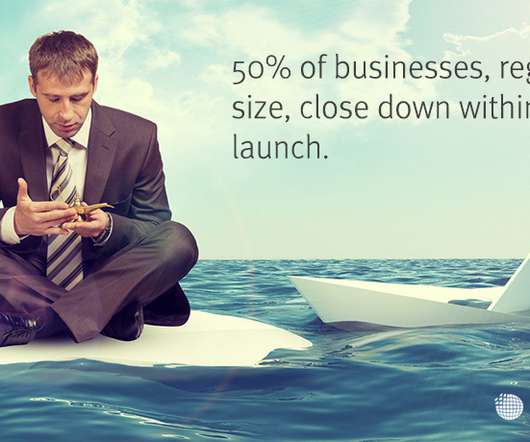8 Reasons Why Your Business’ Success Depends Upon Your Supply Chain
Logistics Bureau
JANUARY 7, 2020
Mini Case Study: Walmart. Mini Case Study: Whirlpool. The study found that by this year (2016), 89% of companies expected to be competing primarily on the basis of customer experience. . Some of the ways by which poorly managed supply chain expenditure can inflate product costs are listed below: High transportation costs.














Let's personalize your content